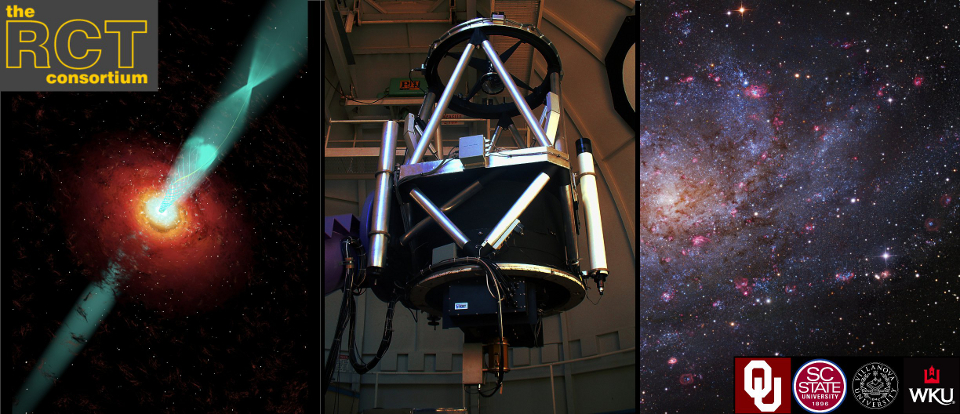RCT experienced a power out at 00:10 local time. Telescope was restarted and homed at 11:00 gonfiabili mountain.
Camera control machine down
The camera control computer is not responding following a loss in power on July 20. Brevin has been pula pula inflavel alerted.
A few servicing issues resolved
Brevin went up last night (6/22) to do a quick servicing on the mirror support compressor, the axis video system, and the oculus camera control computer. In short, all issues are fixed, and the telescope is back to normal operations. Please check images from tonight (6/23) to insure that the telescope is functioning properly. Please reply to this message, or email me personally, if you still find issues. Details on each issue are below. Oculus camera control computer: There was another periodic brownout on 6/20. Oculus did not automatically reboot as it was set to do in the BIOS. Cycling the power via the networked APC did not castillos hinchables reboot the machine. Not clear at all why this error occurred, but pushing the power button once restored the bios setting, and the machine came up as normal. Axis Video System: The video display was showing a large horizontal line for several months. Don Walter visited in May to cycle the power and test a camera or two via the old guider TV monitor, each still showing the long streak. Eventually, the cameras stopped responding completely. We suspected the problem was the AC/DC transformer to the cameras themselves, a very common and inexpensive power plug that only required a bit of stripping– and a very easy test. Brevin installed a new one, and the cameras came back as normal.
